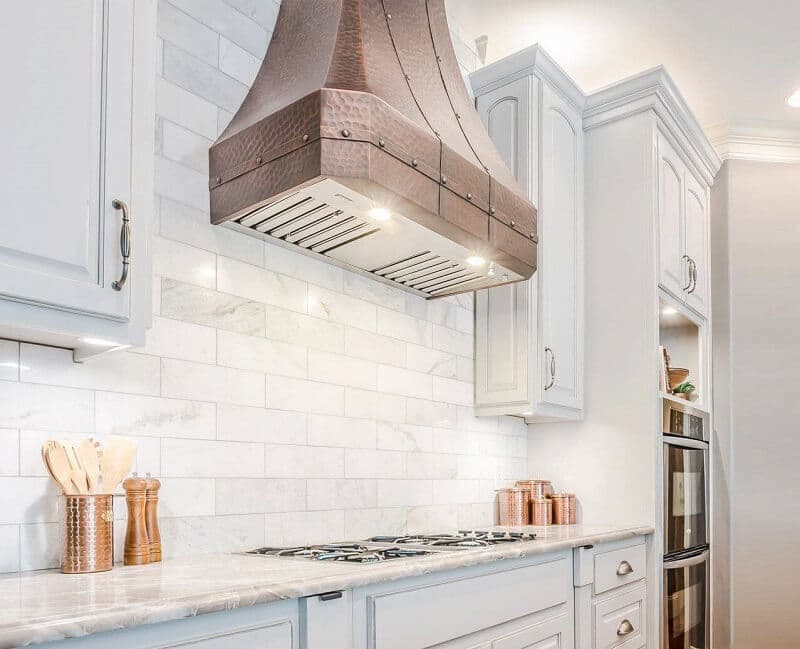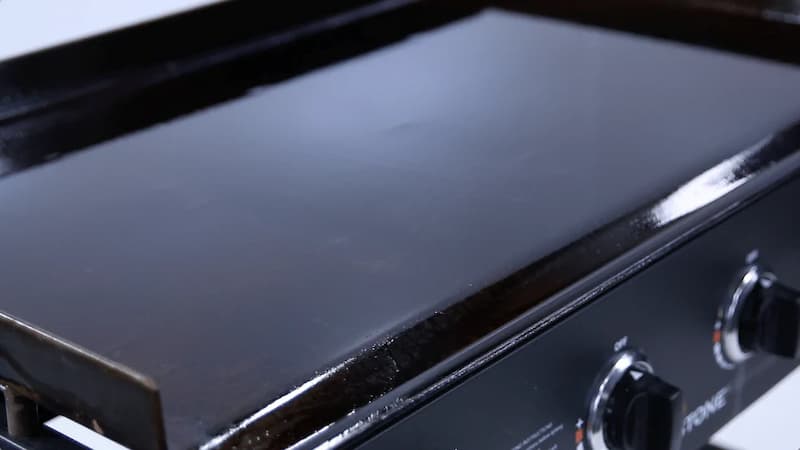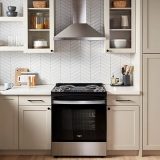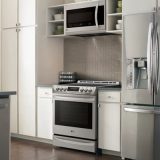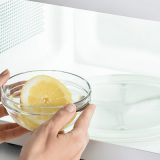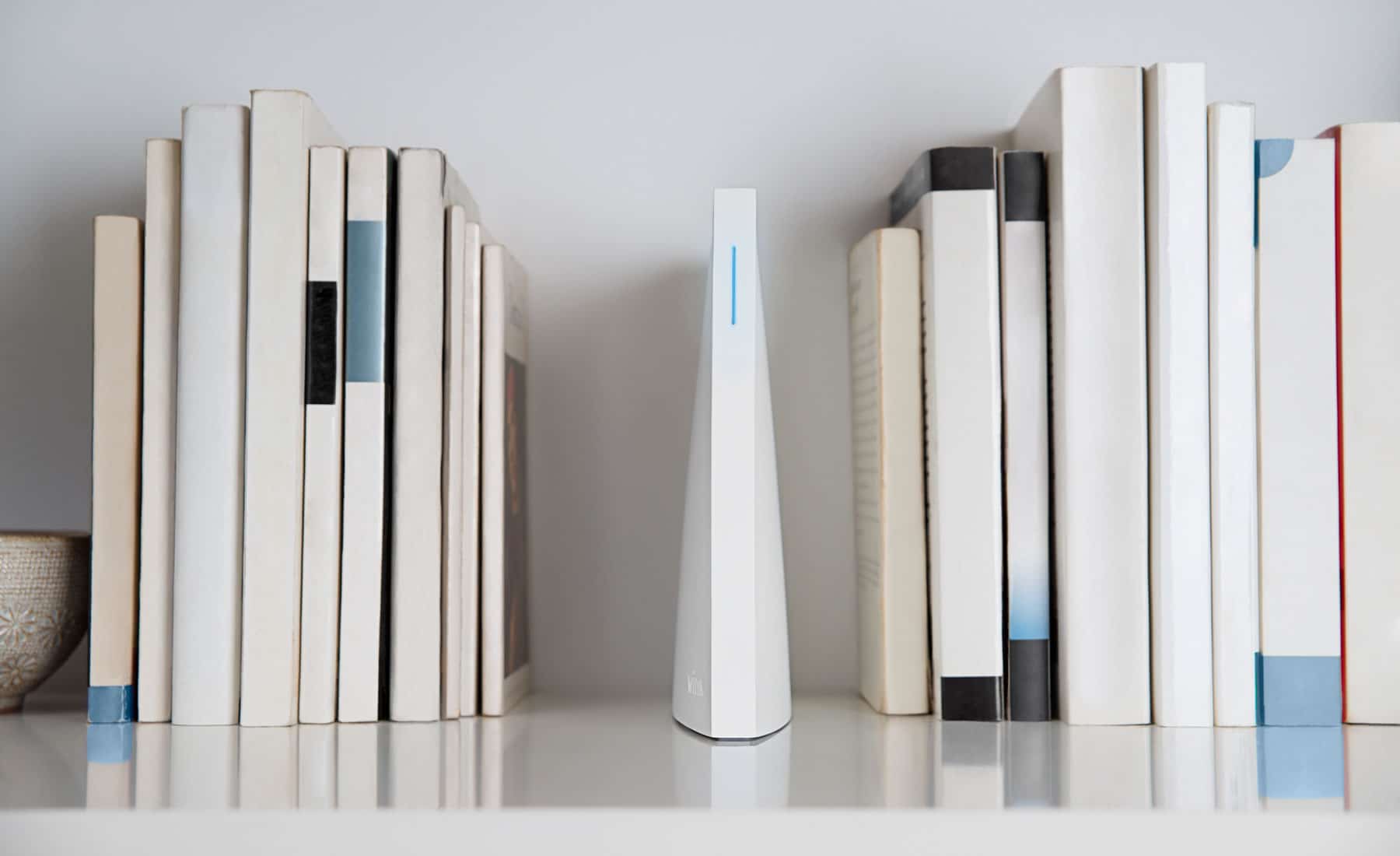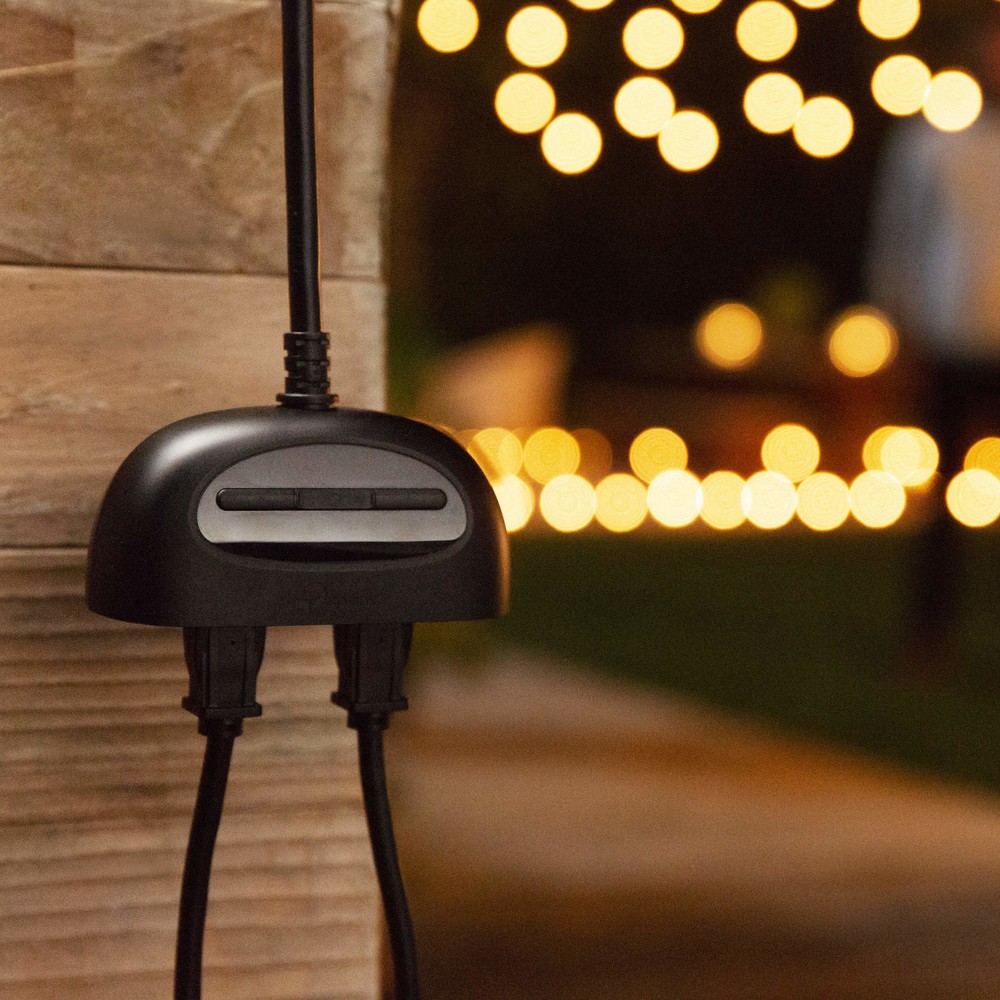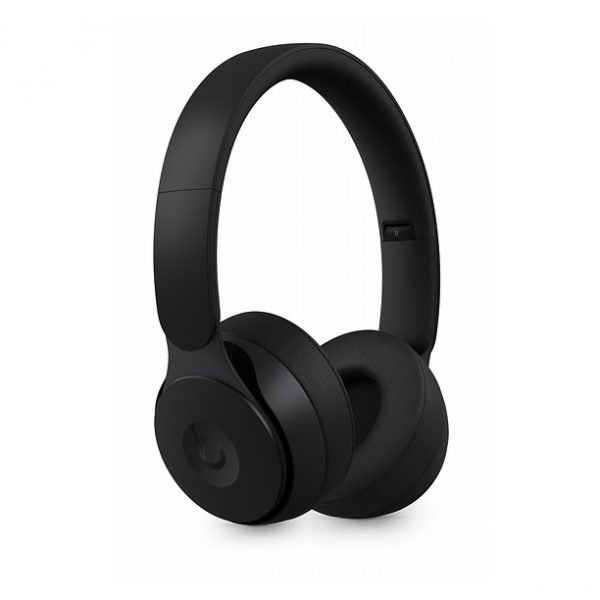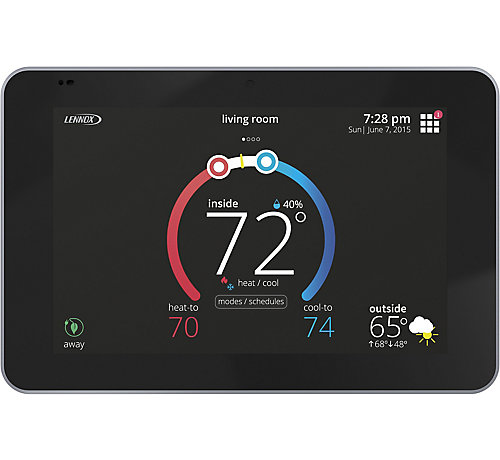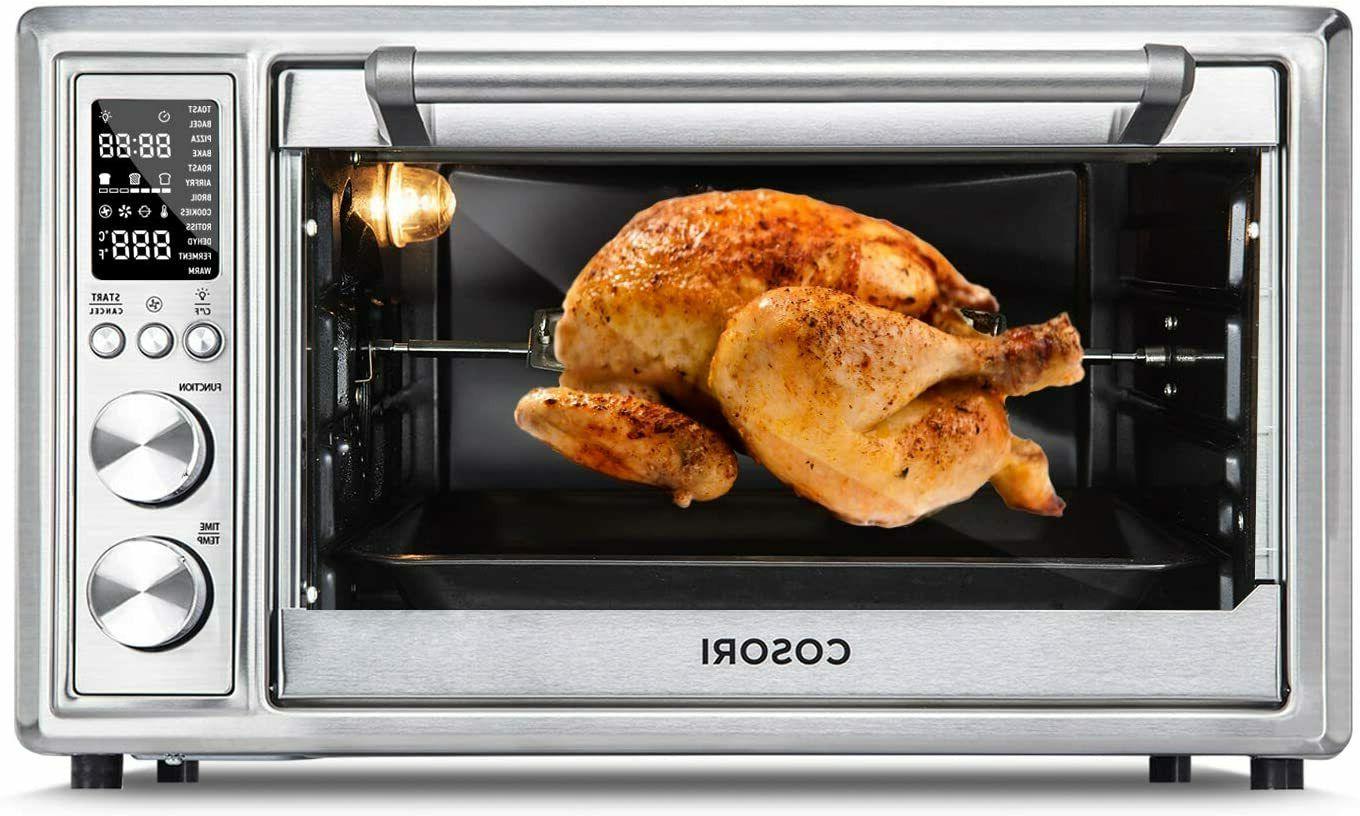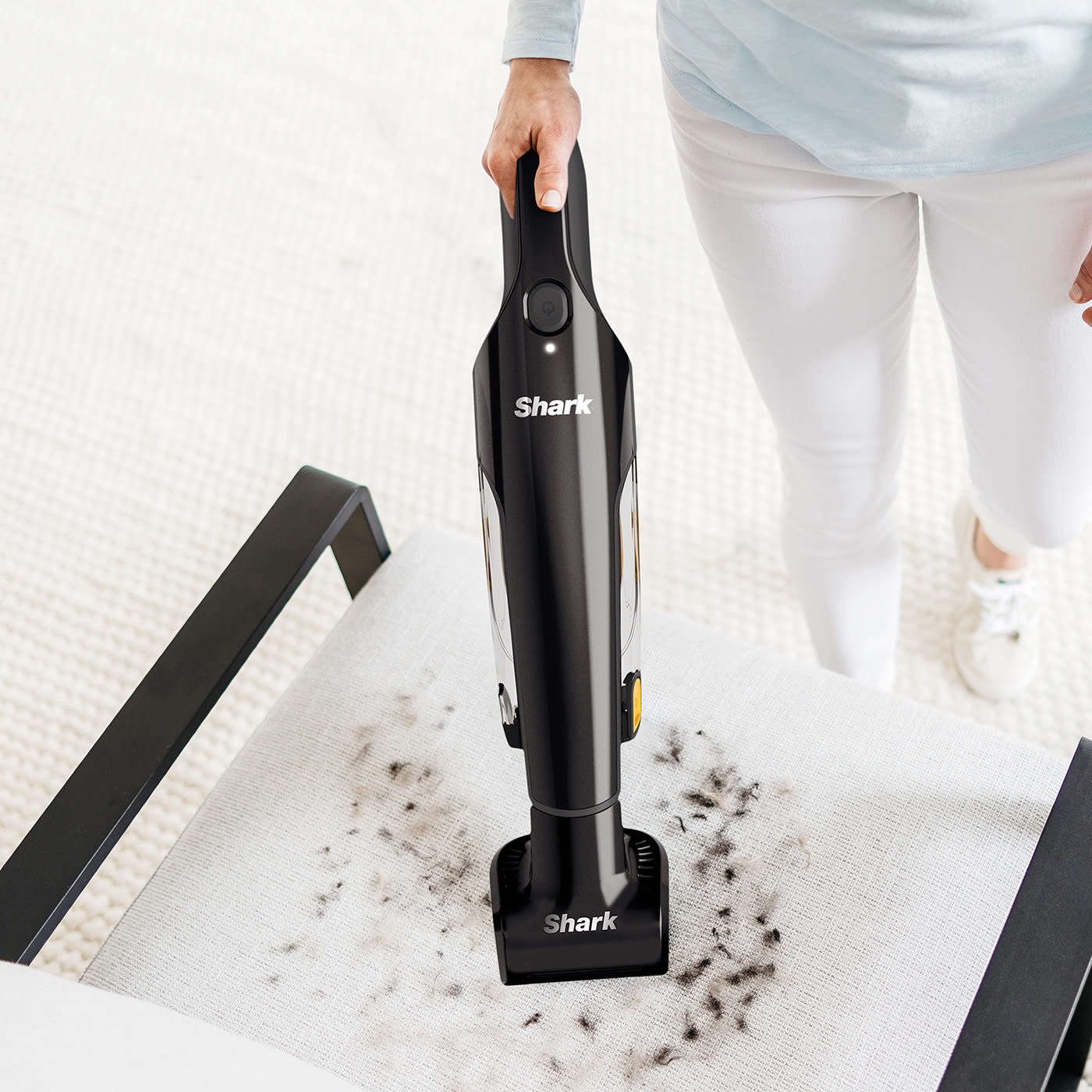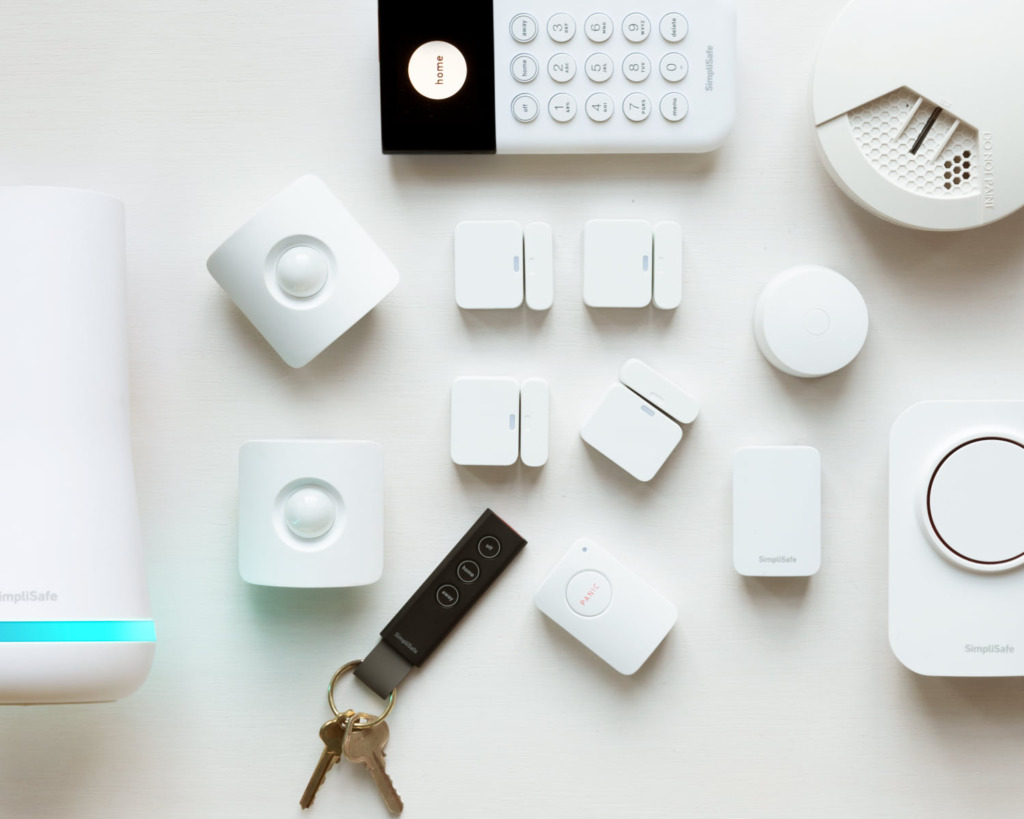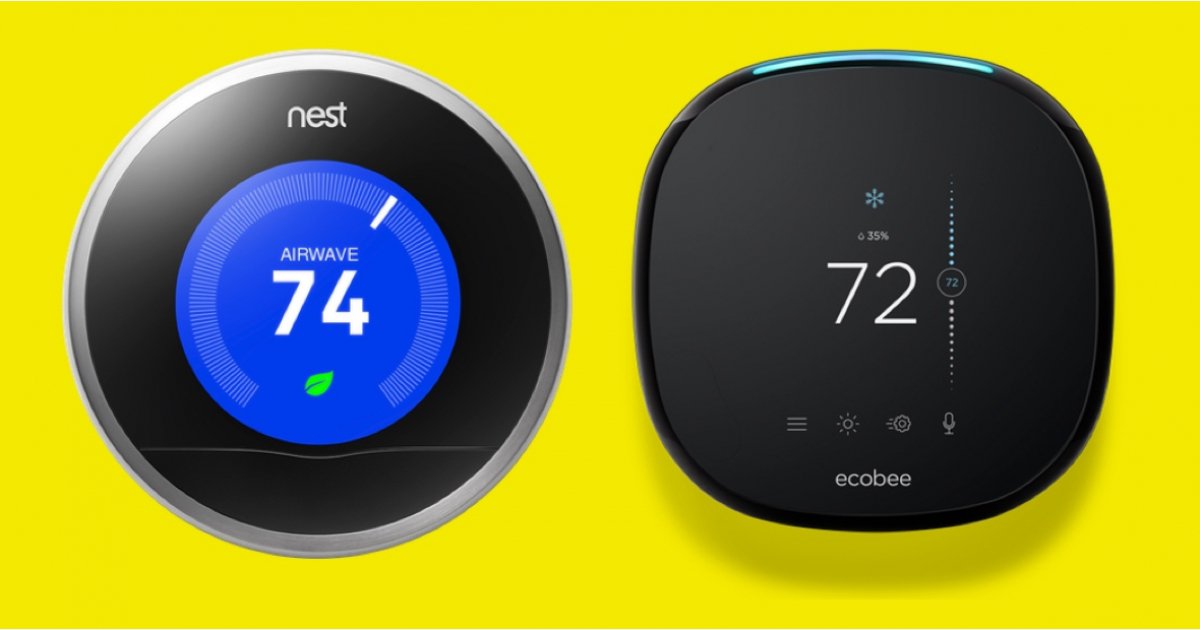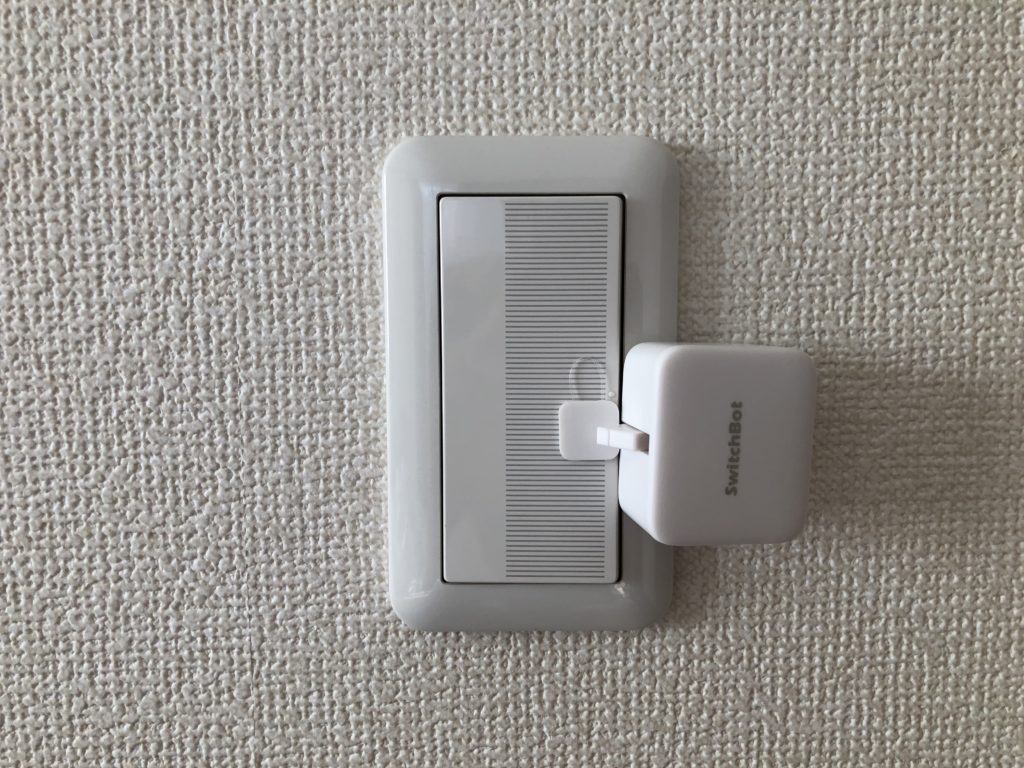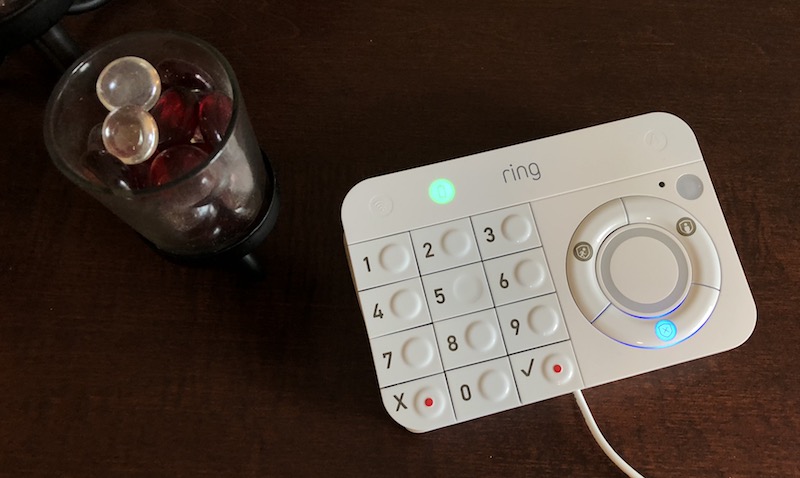Table of Contents
Can You Put Glass in The Oven?-Ways to Prevent Shattering
You may have heard stories of glass breaking in an oven, or that heat-resistant glass is unsafe at high temperatures. The last thing you want to do is pick up the glass that explodes in a hot oven. Unfortunately, some glass materials are really not suitable for higher temperatures. It is difficult to determine what is safe and what is not. In this article, we will discuss what causes the glass to break in the oven, how to prevent the glass from breaking, and how to properly take care of your glassware.
Can Glass Go in the Oven?
Yes, glass can safely heat or reheat your food in the oven, as long as it is oven-safe glass. In fact, using glass cookers has many advantages. If handled properly, you can put the glass in the oven. However, you should be aware of some potential causes that may cause the glass to break when heated. The two most common causes of glass breakage are temperature shock and glass damage. To prevent breakage, make sure the glassware is marked as safe for the oven, and check for scratches or broken places.
The untreated glass should not be used in an oven because of its low structural strength and can only be used at moderate temperatures. Tempered and borosilicate glass is stronger, more heat-resistant, and more durable than untreated glass.
What Are the Benefits of Heating Food in Glass Containers
So why use glass in the first place? This may be your only option, but assuming this is not the case, there are several reasons why it is attractive.
Non-Toxic
Other materials that do not stick to the surface are known to release toxins at higher temperatures, while glass baking pans are non-toxic. Nowadays, people are trying to find ways to eliminate toxins and chemicals in life, which is one of the best reasons to use glass for cooking.
Longer Holding Time
Although you may find that the longer heating time of glass is a disadvantage, its advantage is that it retains heat for a longer time than other baking utensils. This makes it very suitable as a dish to keep you and your guests delicious and warm.
Transparent Surface
One of the advantages of baking with glass is that when you are cooking, you can easily see the contents of the food. In other types of baking pans, you can only see the surface, which makes it difficult to determine how long you should cook food.
Easy to Clean
Although this benefit does not apply to heating food itself, it is still a benefit of using glass to heat food. Unlike other baking utensils, glass is nonporous and relatively easy to clean.
Can be Used for Storage and Heating
For other cooking utensils, you must transfer your leftovers to another container for storage. This is not the case with glass. As long as you allow your food to cool completely, you can put your glass containers directly in the refrigerator or even the freezer. You can also reheat the food in the same glass container.
What Causes Glass to Shatter in the Oven?
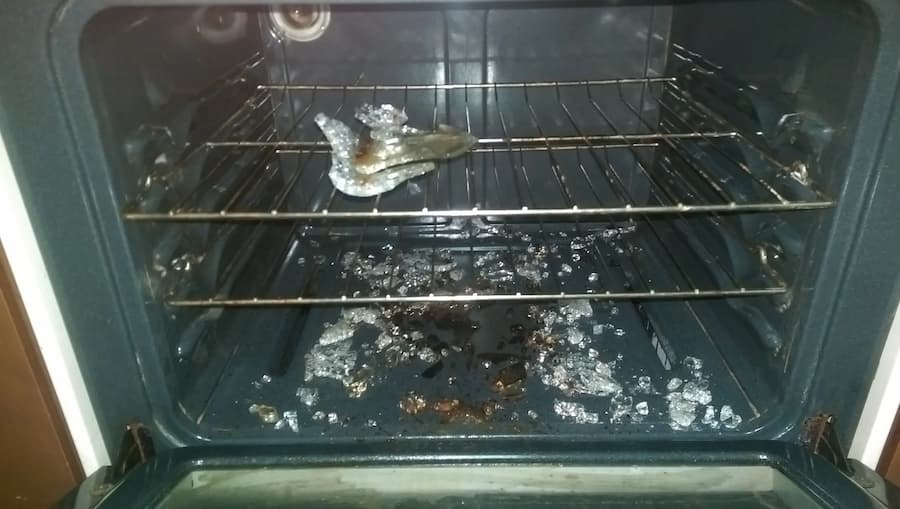
Although glass can be safely used in an oven, there are some factors that can cause the glass to break. We recommend avoiding the following risks to prevent your glass cookers from Shattering.
1. Drastic Temperature Changes
One of the most common causes of oven glass breakage is thermal shock. When temperature (thermal) shock occurs, there is a rapid temperature change, and the glass simply cannot cope with the rapid temperature fluctuation. In this sudden change in temperature, the glass container will expand or contract, resulting in cracking.
It is recommended that glass containers be brought to room temperature before they are placed in the oven to reduce temperature changes. Just take the container out of the refrigerator, put it on the counter, and put it in the oven after about 15-20 minutes.
There are several possible ways in which temperature shocks can occur, so it is important to avoid all different forms of violent temperature changes.
- From the refrigerator to the oven
- From oven to refrigerator
- Pour hot liquid into a cold dish
- Place the hot dish in cold water
- Put the hot plate on the damp workbench
As long as you keep the above conditions in mind, you won’t find yourself needing to clean up the broken glass!
2. High Temperatures
Some glass may be OK in the oven at certain temperatures, but once these temperatures are reached, it is not safe.
Generally, the manufacturer has a maximum temperature limit that should not be exceeded for safety reasons. If you’re unsure of the temperature limit and can’t find information online, it’s best to keep the temperature below 450 degrees Fahrenheit.
One disadvantage of baking with glass is that many people do not realize that it has a temperature limit. This temperature limit is based on the manufacturing process, so it is always kept below the manufacturer’s recommendations, which can often be found in the glass itself.
3. Incorrect Glass Type
Untreated glass
Some glassware is useful for many things, but it doesn’t help the temperature of the oven. The strength of untreated glass structure is very low, and it can not withstand the sudden change of temperature. This kind of glass is most easily broken or completely broken at high temperatures.
Borosilicate glass
Borosilicate glass is the most heat-resistant cooking glass. This kind of glassware is designed to withstand more extreme temperatures and temperature changes.
These cookers are usually thin and durable, making them safe to cook or bake at most oven temperatures. In addition to heat resistance, soda-lime glass and borosilicate glass have other key differences.
Tempered glass
Tempered glass is very strong and heat resistant, and is designed to better resist water droplets or impact on the glass. The high surface compressibility of tempered glass makes it 4 to 5 times stronger than untreated glass. It sounds great to have fewer chances to break when you drop, but it has its drawbacks.
If the tempered glass breaks, it will break into very small pieces, which will be very painful to clean up. Fortunately, compared with other types of glass, this kind of glass has fewer sharp edges, which helps to reduce the chance of being injured by debris.
Compared with borosilicate, the low-temperature resistance makes tempered glass easier to break.
4. Damaged Glass
As long as you have the right oven safety glass and an undamaged container, there should be no problem with the oven. Always check glass kitchenware before using it at high temperatures.
Any damaged area with cracks or debris is a weak area of the glass, making it easier to crack when the temperature changes. For complete safety, no glass pan should be used in the oven if there are cracks or fragments, regardless of size.
How to Prevent Glass From Shattering in the Oven
It is not too difficult to keep the glass containers from breaking when heated in an oven. To safely heat food in a glass, you just need to take some precautions.
Do not Change the Temperature Sharply
Glass cookers do not handle temperature changes well. When putting glass in the oven, it is best to switch from room temperature to a preheated oven. Do not take it out of the refrigerator or freezer and put it in the oven. Although many people do this without any trouble, you risk breaking the glass.
The same concept applies to taking a glass plate out of the oven. Don’t put it on a cold surface. Instead, place it on a warm or room temperature surface, such as a heating pad (I like this set because it is low cost and comes in a variety of styles and colors).
Avoid High Temperature
When using the oven safety glass, be sure to observe the maximum temperature limit recommended by the manufacturer. This temperature limit may be between 350 ° F and 500 ° F, but for safety reasons, try to keep it below this temperature.
Add Liquid to the Bottom When Drying Food
When baking dry food in a glass pan, it is recommended to add a small amount of water to the bottom of the pan. The reason for this is that when dry food is cooked, it may release some water, which will find a way to reach the surface of the glass.
Because the water may still be cold, you don’t want it to touch the hot glass surface. By adding a thin layer of water to the bottom of the glass, you can make the water warm up as the glass heats up.
Use Tempered Glass
Not all glass is safe in the oven. Use only glass that has been tempered or marked as an oven-safe. Usually, a safe glass container of an oven will also list a temperature limit, so make sure to keep it below this limit.
Water cups and smaller glass bowls usually cannot withstand the temperature of the oven, so never put them in the oven unless they are specifically marked as safe. The same is true of the lid of the glass plate. It may not be safe to use in the oven, so check the label.
Look for Structural Weaknesses
Look for structural weaknesses whenever cooking with a glass cooker, check the glass to make sure it is free from any small cracks or scratches. Cracks or scratches are the weak points of glass that may break when the temperature fluctuates.
What if the Cup Breaks in the oven
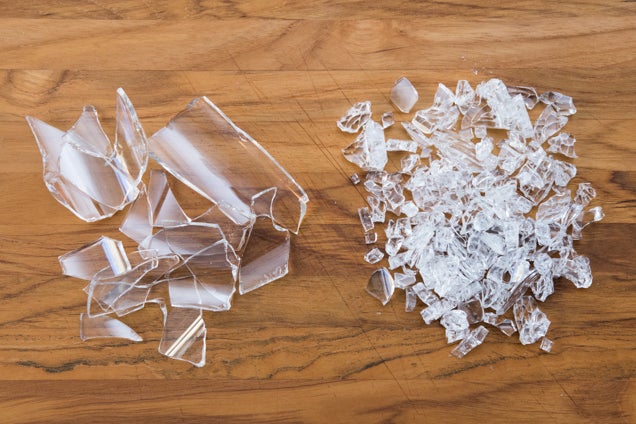
No matter what precautions you take, the glass will break. If this happens, you can take some steps to deal with these troubles and make your life easier.
Don’t Panic
Broken glass is bound to happen, so don’t blame yourself for it. Unless the glass is an heirloom, you can pick up the pieces and go on your way.
In addition, tension is more likely to make mistakes and get injured in the process. You need to stay calm and relax before handling sharp glass.
Wait for the Oven to Cool
The next step is to turn off the oven and wait for it to cool down. Turn everything off and wait for it to cool down to use.
If possible, take out any food that may remain in the oven. You don’t want it to stick to the oven or burn when the oven is cool.
In addition, be careful not to burn yourself when cleaning the glass.
Handle the Cup Properly
The best way to dispose of broken glass is to put it in the garbage can. If you want an extra layer of protection, put it in another bag or sealed container before you throw it into the trash can.
You can’t throw the broken glass into the recycle bin because the garbage disposal workers may be injured. Some recycling facilities will recycle broken glass, but the policies will vary from place to place.
Remove the Glass Block
Carefully take out the largest piece and put it aside. It is best to store them in cut-proof containers, such as buckets or boxes.
Be careful not to cut yourself. The best way to avoid injury is to wear cut gloves
Clean Small Debris
Cleaning up all the smallest pieces is a daunting task. However, there are some great ways to clean them up effortlessly.
One interesting way is to use a slice of bread or potatoes. These two things can help clean up small pieces and keep them away from hard-to-reach places.
If you don’t want to waste food, you can also use a damp sponge or a stack of paper towels. These also collect small pieces.
Make sure you properly dispose of anything you use to clean it up. Don’t do anything else with what you’ve cleaned up. You don’t want to put the glass in anything else.
How to Know if Glass is Oven Safe
There should be a label on the bottom of your glassware to indicate that the glass can be used safely in the oven. The label “oven-safe” indicates that the pan can be baked in the oven, but this does not mean that it can be used at any temperature that your oven can reach. You may also see a symbol with wavy lines and temperature, which means that it can be used in the oven as long as the temperature is not higher than the number.
Manufacturers will have information on the maximum temperature at which glass can be used on their website. This will be the next best place to check whether there is a label on the glassware. If no relevant information can be found, it is still safe to use it in the oven, but it should be tested at a lower temperature before that.
Final Thoughts
Can you put the glass in the oven? There are some factors that make it unsafe to use glass in the oven, but in most cases, you can safely use glass in the oven. Untreated glass can never be used in an oven, while tempered and borosilicate glass is good at lower temperatures.
Before putting glassware into a heated oven, be sure to check whether it has an oven safety label. As long as the glassware is made of oven safety glass without cracks or fragments, it should be completely safe to use in the oven.
Glass provides an ideal storage medium for storing, cooking, and reheating food. Although it is possible to break glass in the oven, this can only happen if you do not take appropriate precautions.
When heating food with glass, the key point to remember is to use tempered glass and ensure that the temperature does not change suddenly. As long as you follow these basic steps, there should be no problem putting the cup in the oven.

